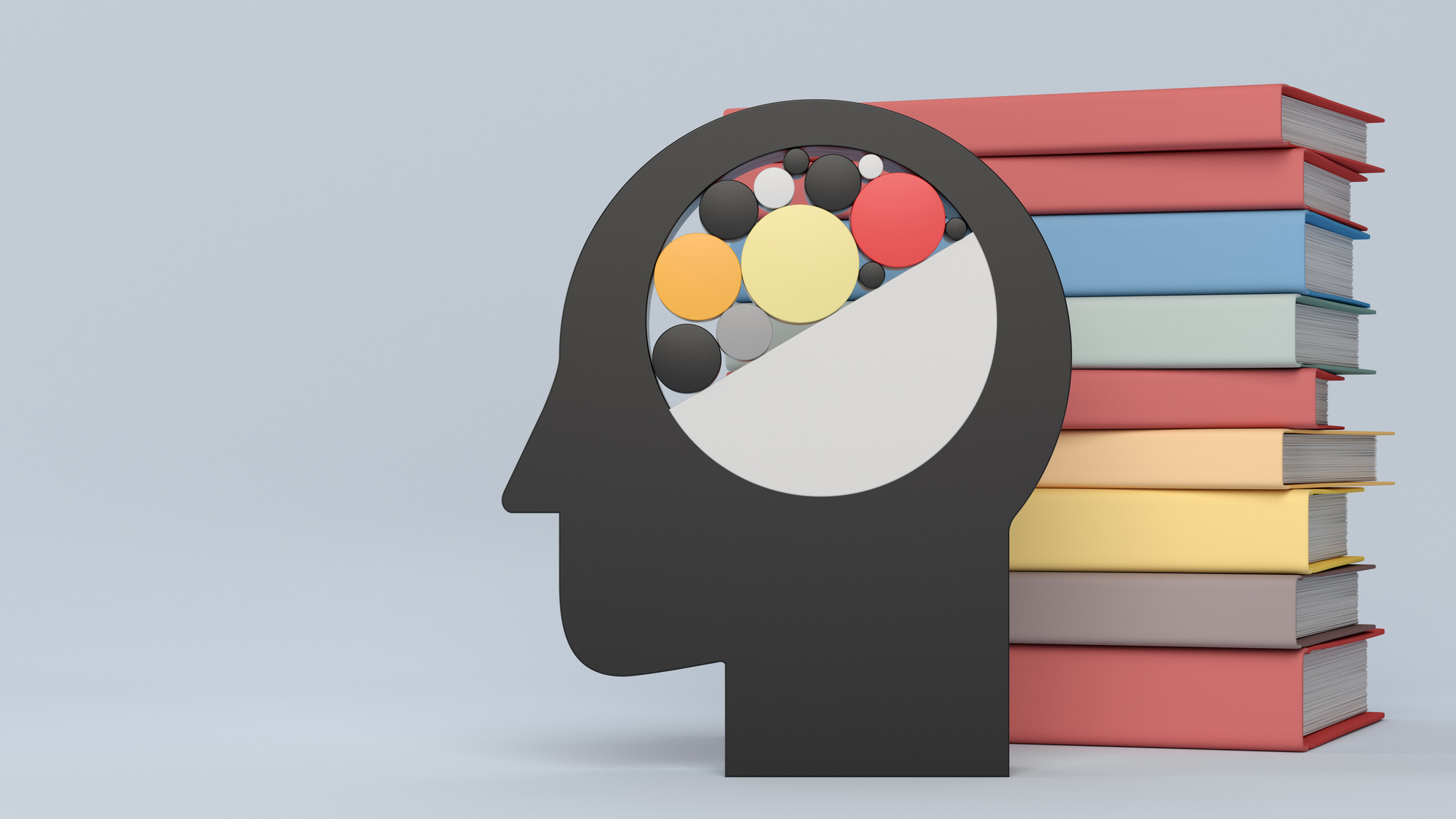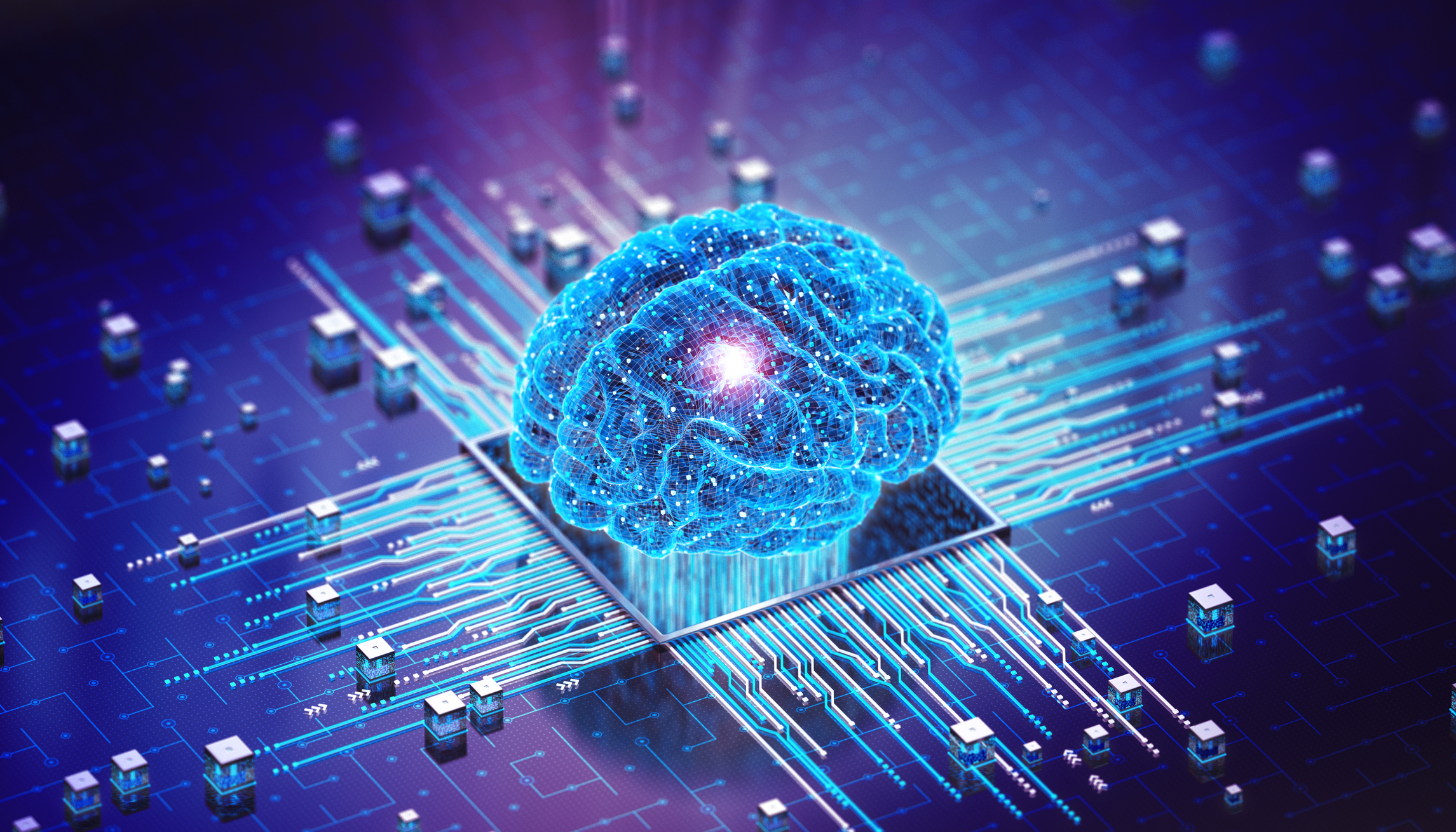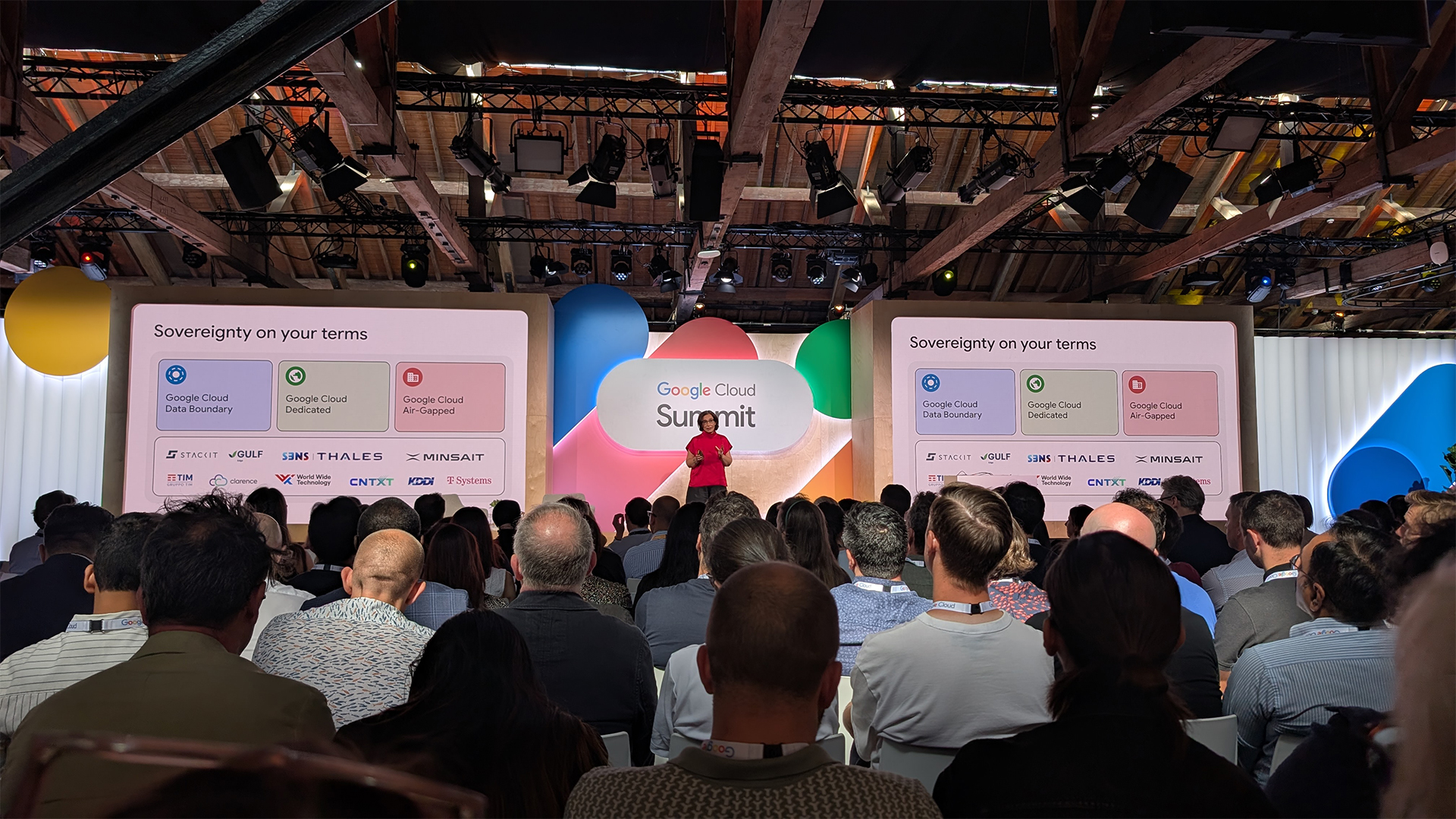The AI glossary you didn’t know you needed
Why settle for a flock of AI enthusiasts when you can have a singularity?


Every new advancement in technology brings with it a new vocabulary. Common words like software and hardware were neologisms not 100 years ago. The idea of a mouse being something other than a rodent was largely unknown before 1965. As for cloud meaning something other than a fluffy object in the sky, well you can thank marketers for that.

Most recently, developments in artificial intelligence (AI), the various philosophies that accompany it, and more general interest in it have brought a new set of jargon into our consciousness. Few people would have heard of generative AI prior to November 2021, but it now graces the pages of tabloids as much as it does tech publications such as the one you’re reading now or academic journals.
As a linguist, it’s always interesting to see the emergence of new words, their adoption, and how their meanings change. As a journalist, I’m a hardened cynic who sometimes questions if we really need a new term for avatar (sorry, a ‘digital personality’) or false output (‘hallucination’).
But it’s nearly Christmas time, so why not drop the cynicism and join in the jargony fun. So, without further ado, here's the ITPro glossary of AI-related collective nouns that I definitely didn’t make up myself.
AI Glossary
A singularity of accelerationists
An accelerationist in general is someone who wants to advance technology at all costs. In AI, this means rushing headlong into attempting to develop artificial general intelligence. As decades of sci-fi has taught us, this inevitably ends up with humanity losing control over its own creation and the emergence of the singularity.
A pessimism of doomers
At the other end of the scale are the people who are rather pejoratively deemed “doomers” – those who think we should be more cautious about the development of advanced AI, lest it lead to the singularity.
A confusion of hallucinations
Generative AI has wowed people with its ability to create confident-sounding text based on the sum of all human knowledge (well, as long as it wasn’t created after January 2022). Increasingly, however, people have become aware of the problem of ‘hallucinations’ – outputs that sound correct and even seemingly cite sources, but in reality are partially or entirely incorrect.
Sign up today and you will receive a free copy of our Future Focus 2025 report - the leading guidance on AI, cybersecurity and other IT challenges as per 700+ senior executives
A subversion of jailbreaks
Generative AI tools come with parameters and rules that they must abide by irrespective of what the user asks them to do. Some are for reasons of public safety, while others are for the protection of trade secrets. For generative AI fans, though, rules are there to be broken and ‘jailbreaking’ the software has become something of a hobby.
RELATED RESOURCE

The enterprise’s guide for Generative AI
Make the most of the opportunities GenAI offers
DOWNLOAD NOW
For example, some users discovered that if you asked ChatGPT to repeat one word forever it would eventually diverge from this task and start generating meaningful text. How meaningful?
Well, some of its training data, which included personally identifiable information for a start. Other successful jailbreaks have included asking generative AI to “imagine” a scenario where it’s allowed to complete a request that’s normally forbidden. For example if you asked the software to tell you how to build a bomb, it would refuse. Ask it to imagine a scenario in which it’s allowed to do this and then act accordingly – voila, a bomb recipe.
Both of the jailbreaks mentioned above have now been patched, but with persistence, time, and enthusiasm people will doubtless be able to find new ways to manipulate the hapless software.
An uncanniness of images
Generative AI is getting increasingly good at generating images of humans, as I’ve written about before. The possibility that eventually it will be impossible to tell the difference between what’s real and what’s fake is a genuine concern, but for now there’s often a certain uncanniness to many images generated by AI. For example, beautiful people with impossibly high cheekbones and… way, way too many teeth. Which are all incisors. Yikes. Overly smooth, even-toned, and airbrushed-looking skin is another common feature, as are facial-hair, like mustaches and eyebrows, that seem ‘stuck on’.
Or sometimes, their hair may just turn into seaweed. Hate it when that happens.


Jane McCallion is Managing Editor of ITPro and ChannelPro, specializing in data centers, enterprise IT infrastructure, and cybersecurity. Before becoming Managing Editor, she held the role of Deputy Editor and, prior to that, Features Editor, managing a pool of freelance and internal writers, while continuing to specialize in enterprise IT infrastructure, and business strategy.
Prior to joining ITPro, Jane was a freelance business journalist writing as both Jane McCallion and Jane Bordenave for titles such as European CEO, World Finance, and Business Excellence Magazine.
-
 Google Cloud announces new data residency flexibility for UK firms, accelerator for regional startups
Google Cloud announces new data residency flexibility for UK firms, accelerator for regional startupsNews UK-specific controls and support for up and coming AI firms is central to Google Cloud’s UK strategy
-
 Workers are covering up cyber attacks for fear of reprisal – here’s why that’s a huge problem
Workers are covering up cyber attacks for fear of reprisal – here’s why that’s a huge problemNews More than one-third of office workers say they wouldn’t tell their cybersecurity team if they thought they had been the victim of a cyber attack.